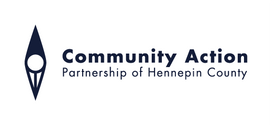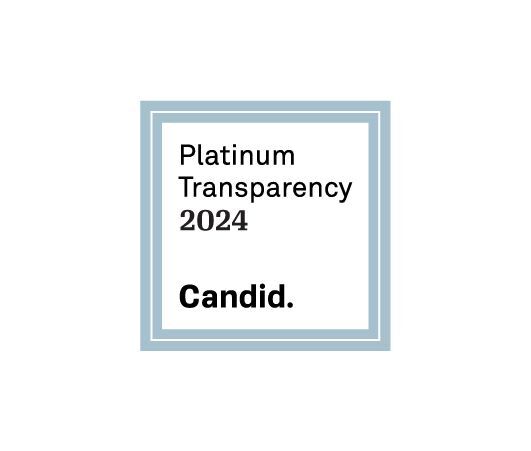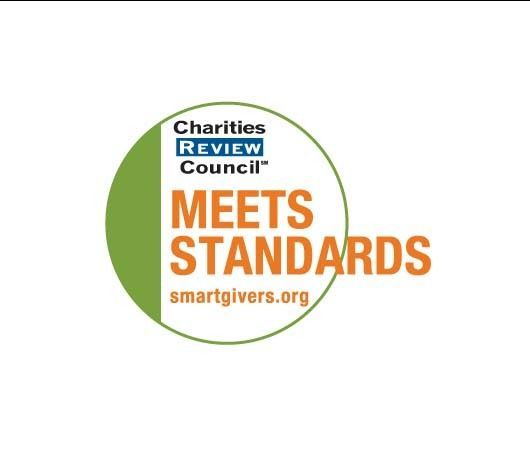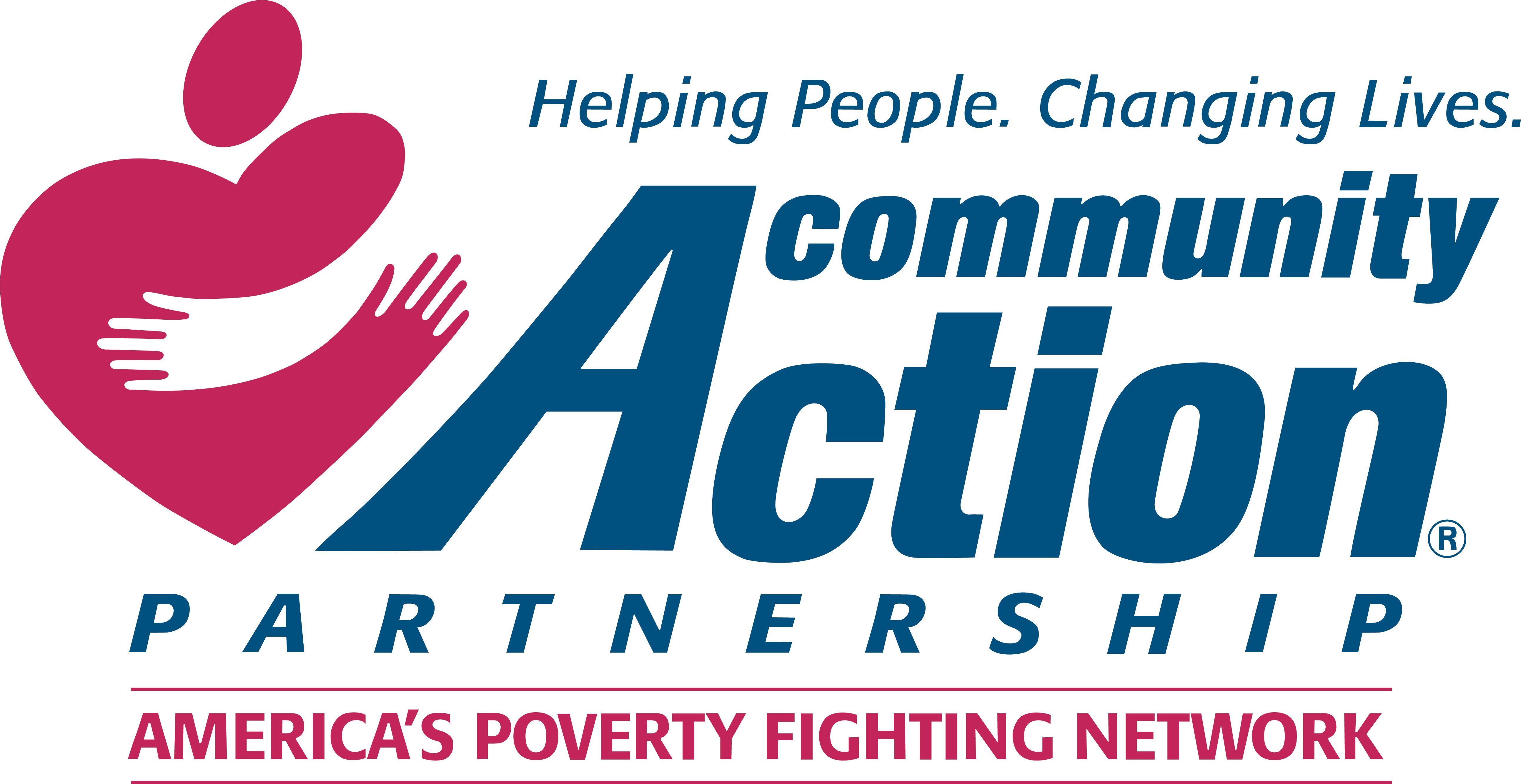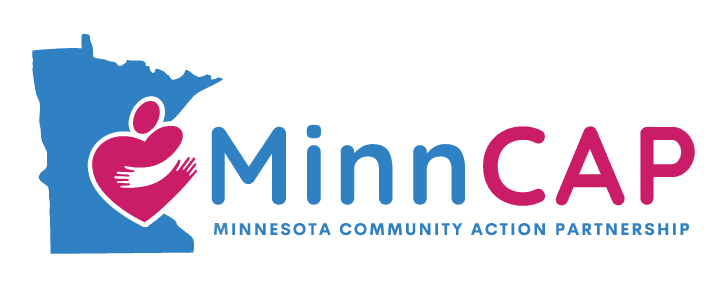
Access to consistent and affordable utilities—such as electricity, heating, and water—is essential for maintaining health, safety, and overall well-being. For families with low income, utility stability is not just a matter of convenience but a critical necessity. In Hennepin County, where winters can be harsh, the importance of reliable heating quite literally becomes a matter of life and death.
The Importance of Utility Stability for People with Low Income
Utility instability poses significant risks to vulnerable populations. Without reliable heating during Minnesota's cold months, residents face health hazards such as hypothermia and increased susceptibility to illness. Conversely, during heatwaves, lack of access to cooling systems can lead to heat-related illnesses. A report highlighted that millions of households with low income in the U.S. are at risk of power disconnections during extreme weather, underscoring the life-threatening consequences of utility shutoffs.
For families with low income, the energy burden—the proportion of household income spent on energy—exceeds the state average of 2%, reaching 8% on average. Some households shoulder burdens over 30%. This financial strain forces many families to make impossible choices between paying utility bills or covering other essential needs such as food, housing, or medical expenses.
Trends in Energy Use and Costs in Minnesota
Energy use trends in Minnesota highlight the growing importance of utility assistance programs. Between 2015 and 2021, residential electricity and natural gas consumption tended to increase, with a significant spike in use during the 2020 pandemic as families spent more time at home. Forecasts project continued growth in residential energy consumption over the next decade, especially for electricity.
Minnesota has made strides toward incorporating renewable energy into its energy mix, with 13% of all energy consumed in 2022 coming from renewable sources. However, the rising demand for electricity and natural gas, coupled with increasing energy costs, will continue to negatively impact households with low income disproportionately.
CAP-HC's Utility Assistance Programs
Community Action Partnership of Hennepin County (CAP-HC) is a critical resource for low-income households, offering multiple programs designed to address utility affordability and reduce energy burden for residents with low income:
- Energy Assistance Program (EAP)
This program provides financial support for eligible households to pay utility bills, with grants paid directly to utility providers. As one of the largest providers of energy assistance in Minnesota, CAP-HC helps thousands of families annually to avoid disconnections and manage rising utility costs.
- Energy-Related Repair (ERR) Program
For homeowners experiencing heating system failures, the ERR program offers emergency repair or replacement services. A functioning heating system is crucial for energy efficiency and safety during Minnesota's coldest months, and CAP-HC provides ERR services for several hundred eligible families each year.
- Weatherization Referrals
This program provides free home energy upgrades to income-eligible homeowners and renters. Services may include installing insulation, reducing air leaks, performing heating system tune-ups, and replacing appliances to enhance energy efficiency and safety. These upgrades not only lower utility bills but also increase long-term energy efficiency, benefiting households and the environment.
- Water Assistance Program
When the state determined that water utility assistance would no longer be part of the Energy Assistance Program, CAP-HC launched our own Water Program to help residents manage their water utility expenses. Due to high demand for this assistance, the program is currently paused with plans to resume in 2025.
Meeting the Needs of Hennepin County Residents
CAP-HC’s programs align with Minnesota’s broader energy goals, which emphasize energy affordability, efficiency, and the adoption of renewable energy sources. By addressing immediate utility needs and reducing long-term energy burdens, CAP-HC ensures that thousands of families in Hennepin County have access to the basic utilities they need to thrive. For households with low income, these programs not only provide financial relief but also promote economic stability, health, safety, and sustainability.
Conclusion
As Minnesota’s energy consumption trends upward and costs continue to rise, utility stability for low-income households remains a critical priority. Through programs like those offered by CAP-HC, families can reduce their energy burden, improve energy efficiency, and access the support needed to weather economic and environmental challenges.
Sources: The Guardian, US News, July 2024, Minnesota Compass - Hennepin County Profile, 2024 Energy Policy and Conservation Quadrennial Report and Minnesota Energy Data Dashboard, May 2022, Minnesota Department of Commerce
